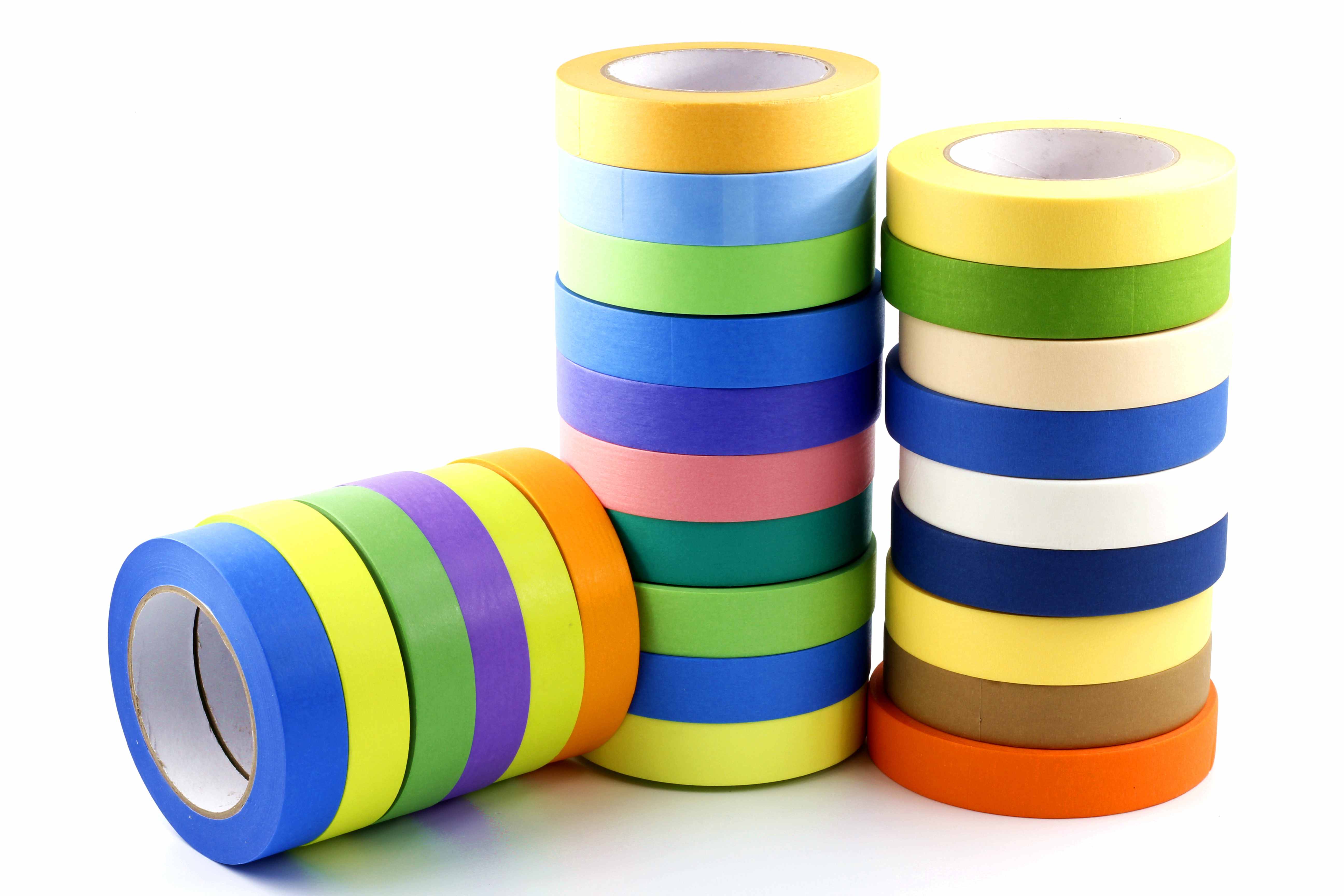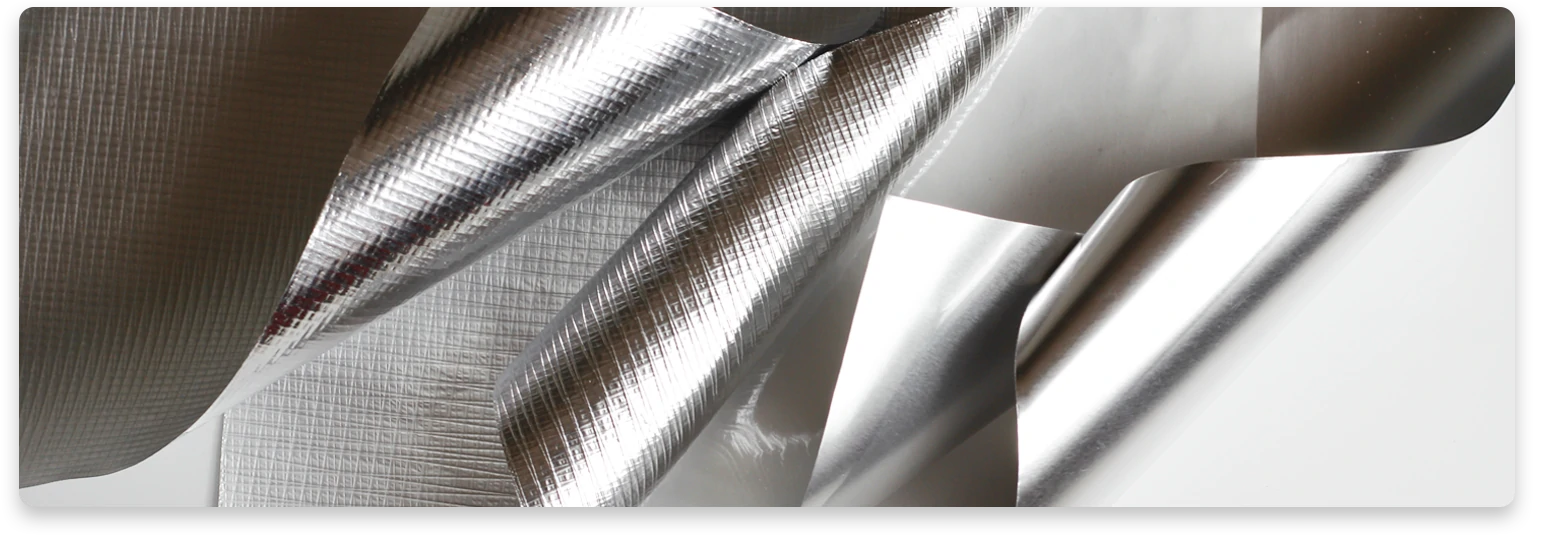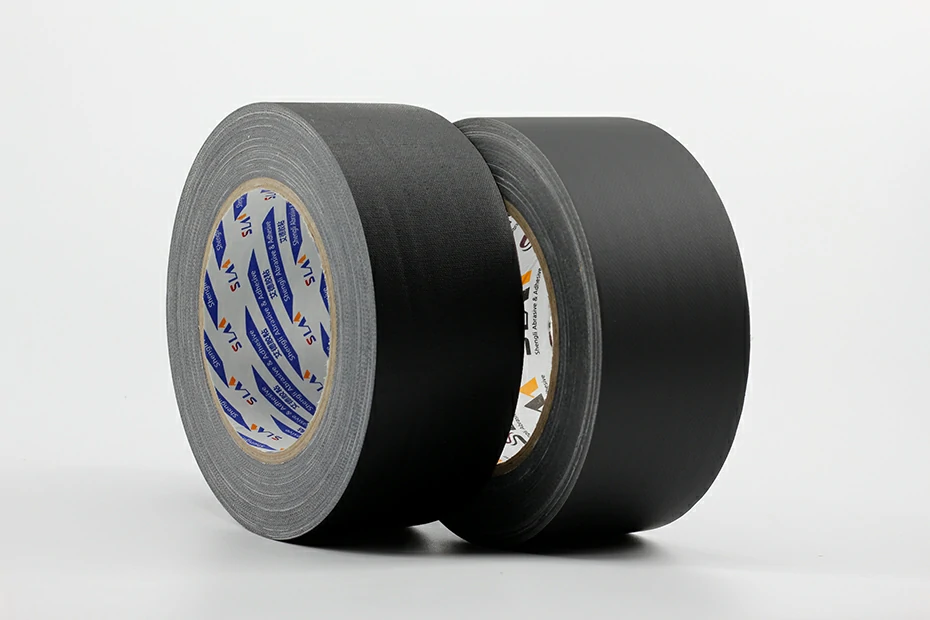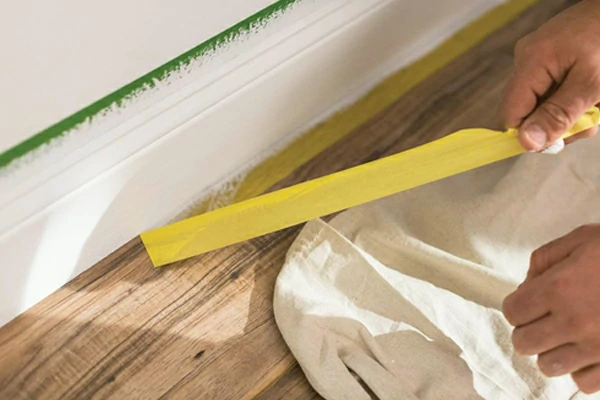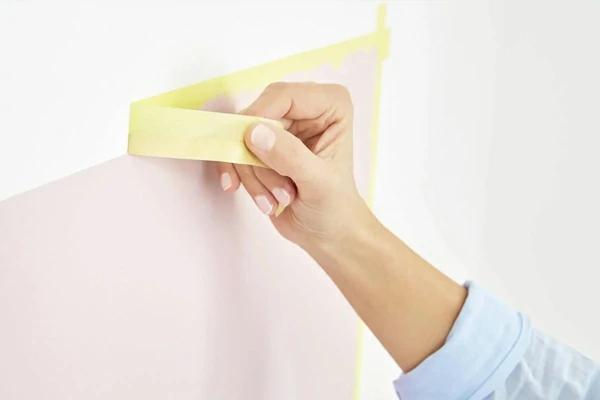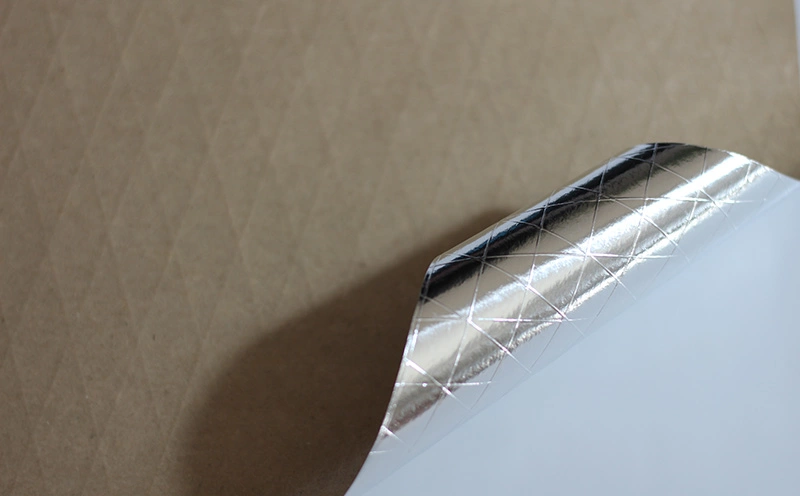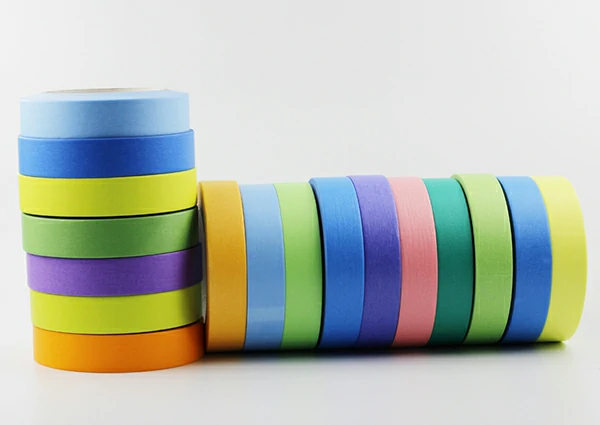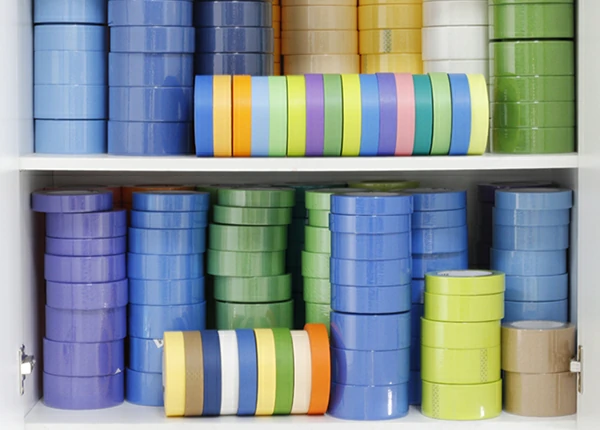In the ever-evolving landscape of adhesive solutions, Tissue Tape has emerged as a pivotal component in diverse applications. From industrial settings to DIY projects, the demand for reliable bonding solutions continues to grow. In this extensive guide, we will delve into the intricacies of Tissue Tape, focusing on its variant – Double Sided Tissue Tape.
Understanding Tissue Tape
Tissue Tape, a thin and flexible adhesive tape, has gained prominence due to its exceptional bonding capabilities. Comprising a thin tissue paper backing coated with adhesive on both sides, this tape is not only lightweight but also durable. Its ability to conform to irregular surfaces makes it a popular choice across various industries.
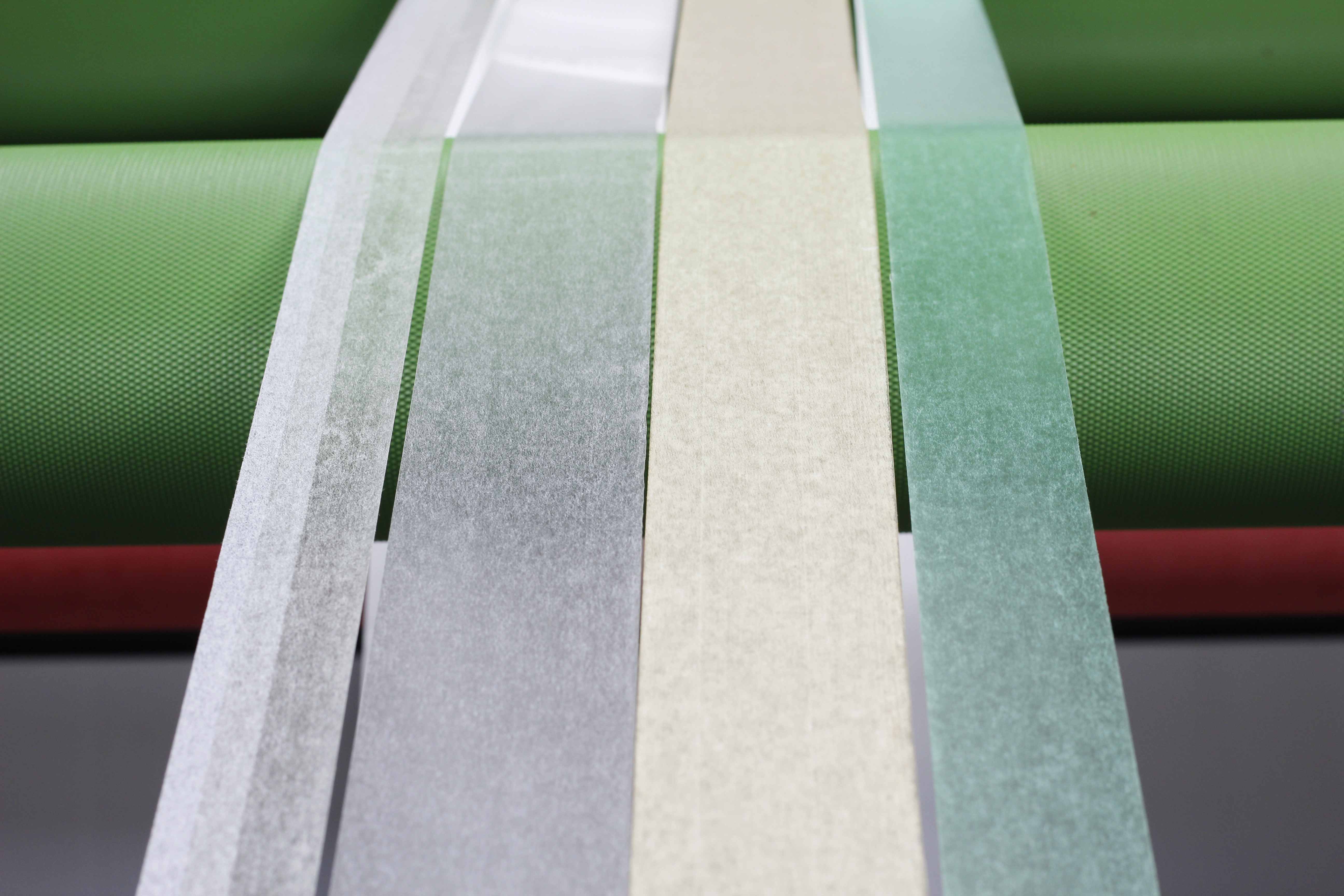
Applications of Tissue Tape
Mounting Lightweight Objects:
This tape provides a secure and discreet method for mounting lightweight objects, offering a clean and unobtrusive solution.
Scrapbooking and Crafting:
In the world of arts and crafts, Tissue Tape finds its place for its easy application and reliable adhesion, making it a favorite among DIY enthusiasts.
Gift Wrapping:
This tape proves invaluable in gift wrapping, ensuring that presents not only look aesthetically pleasing but also stay securely wrapped.
Medical Applications:
In the medical field, this tape is utilized for wound dressings and securing medical devices due to its gentle yet effective adhesive properties.
Splicing and Laminating in Manufacturing Processes:
Industries rely on Tissue Tape for splicing and laminating tasks, benefiting from its strength and adaptability in manufacturing processes.
Unravelling Double Sided Tissue Tape
Taking the capabilities of Tissue Tape to the next level, Double Sided Tissue Tape boasts adhesive coatings on both sides of the tissue paper backing. This variant offers enhanced bonding strength and increased versatility, making it a preferred choice in various applications.
Features of Double Sided Tissue Tape:
Superior Bonding Strength:
The dual-sided nature of this tape ensures a robust and reliable bond between surfaces, providing a secure connection for both lightweight and more demanding applications.
Temperature Resistance:
Many variants of this tape are designed to withstand varying temperatures, making them suitable for both indoor and outdoor applications.
Versatility in Material Compatibility:
This tape adheres well to a wide range of materials, including plastics, metals, and fabrics, making it a go-to solution for professionals in different industries.
Applications of Double Sided Tissue Tape:
Mounting and Bonding in the Automotive Industry:
The automotive sector relies on this type of tape for various applications, from affixing interior components to securing external trims.
Affixing Lightweight Signage and Displays:
In the signage industry, Double Sided Tissue Tape provides a secure and inconspicuous method for affixing lightweight displays and signage.
Splicing Applications in Manufacturing Processes:
Industries utilize this tape for splicing applications, benefiting from its strength and adaptability in manufacturing processes.
Arts and Crafts Projects:
DIY enthusiasts appreciate the versatility of this tape in arts and crafts projects, where its reliable bonding and ease of use shine.
Temporary Carpet Installation:
In both residential and commercial settings, Double Sided Tissue Tape is employed for temporary carpet installations, offering a strong yet easily removable solution.
Final Thoughts
In the expansive realm of adhesives, Tissue Tape, especially its double-sided variant, opens up a myriad of possibilities for various industries and everyday applications. The flexibility, strength, and versatility of Double Sided Tissue Tape make it an indispensable tool for professionals and DIY enthusiasts alike. Whether embarking on a creative project or tackling an industrial challenge, understanding the nuances of Tissue Tape and its variants empowers individuals to make informed choices for optimal results.
